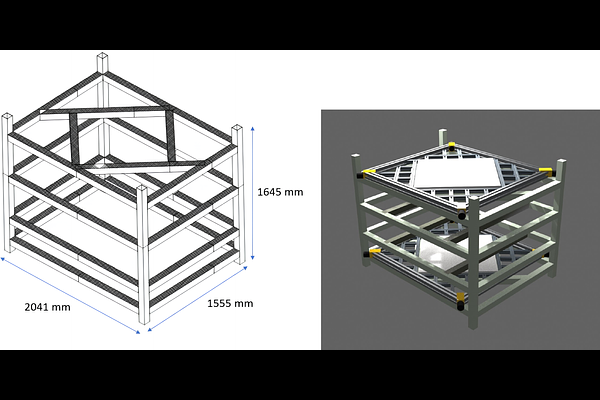The Mirya-m1 Cosmic Ray Detector: Features and First Year Observations

The Mirya-m1 Cosmic Ray Detector: Features and First Year Observations
Meryem Kubra Dag, Tolga Guver, Guray Gurkan, Ecem Aktas, Suat Ozkorucuklu, Sindulfo Ayuso, Juan Jose Blanco, Zahide Funda Bostanci, Beste Begicarslan, Mustafa Turan Saglam, Ahmet Polatoglu, Cahit Yesilyaprak
AbstractWe introduce the Mirya-m1 Cosmic Ray Detector, the largest and only cosmic ray detector in Turkiye designed for space weather research. Mirya-m1, modeled and built after the Muon Impact Tracer and Observer (MITO) (Ayuso et al. 2021), is located at the Eastern Anatolia Observatory (DAG) site of the Turkiye National Observatories in Erzurum, Turkiye, at an altitude of 3099 meters. This elevation positions Mirya-m1 among the highest-altitude cosmic ray detectors globally. The detector consists of two stacked scintillator counters, each measuring 1x1 meters, separated by a vertical distance of 1.36 meters. Each scintillator is monitored by four H1411 Hamamatsu photomultiplier tubes, enabling precise detection and measurement of light by incident cosmic rays. In this study, we present the data collected throughout 2024, which includes the detection of two Forbush decrease events in March and May 2024. These significant detections demonstrate the capability of Mirya-m1 to contribute valuable data for space weather research, establishing its potential as a critical instrument for cosmic ray studies in the region.